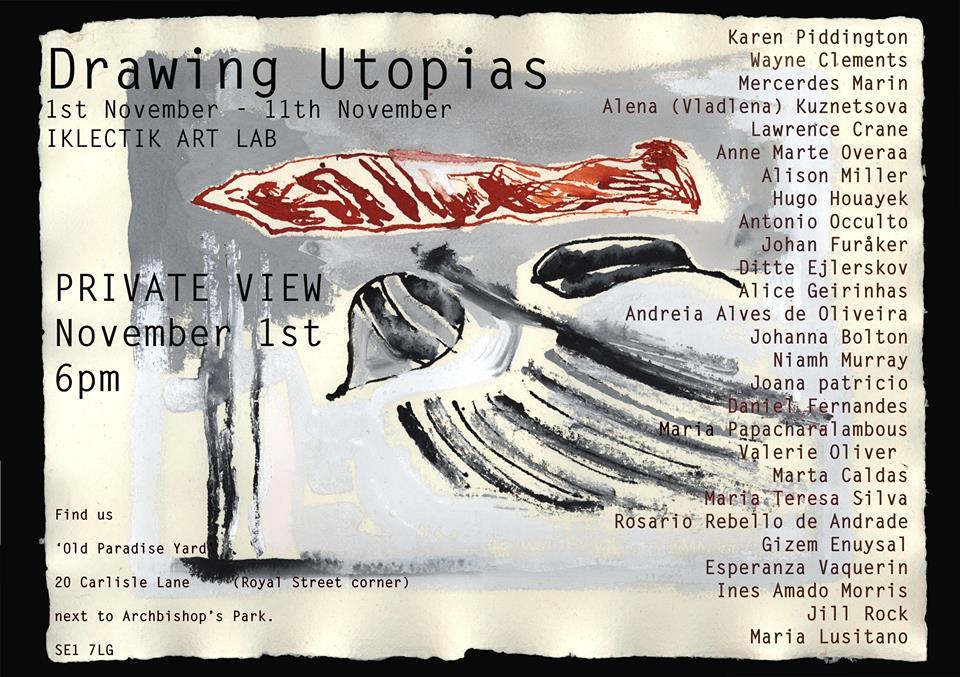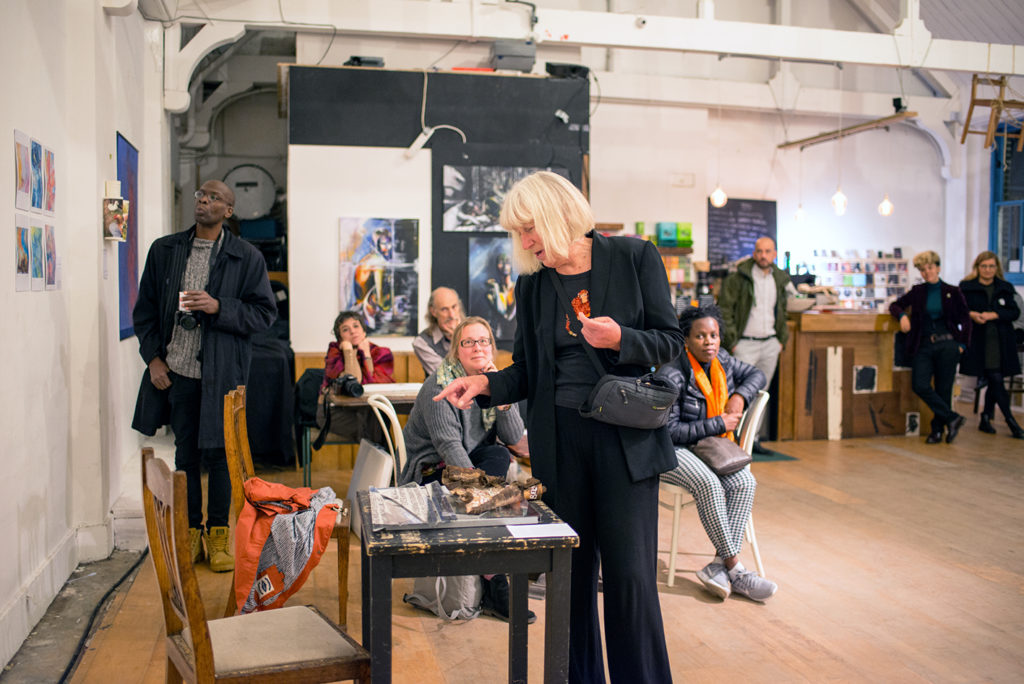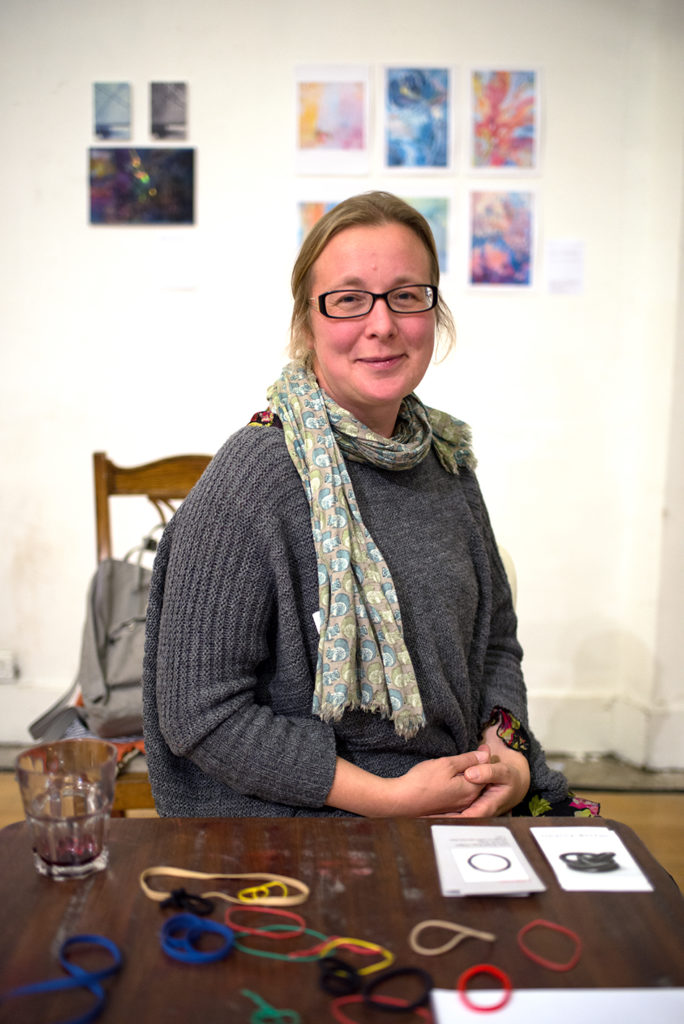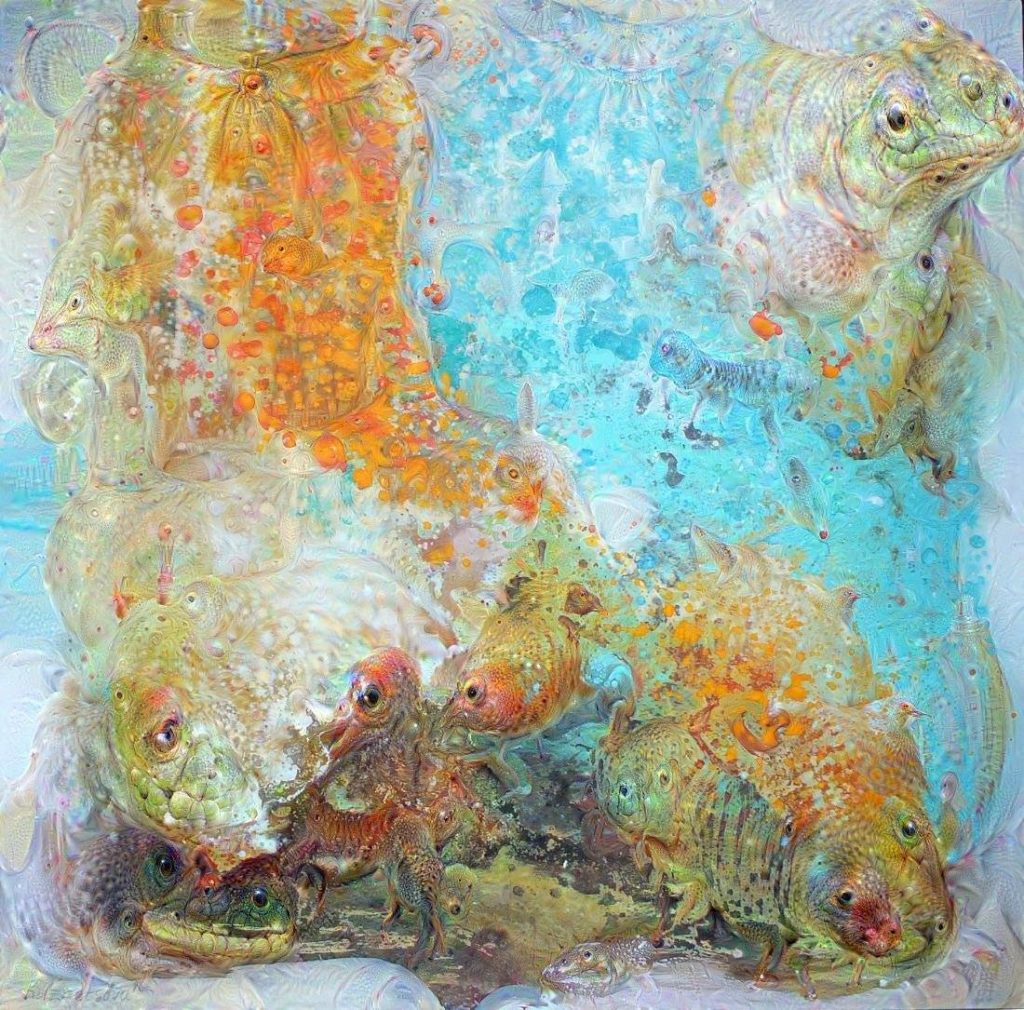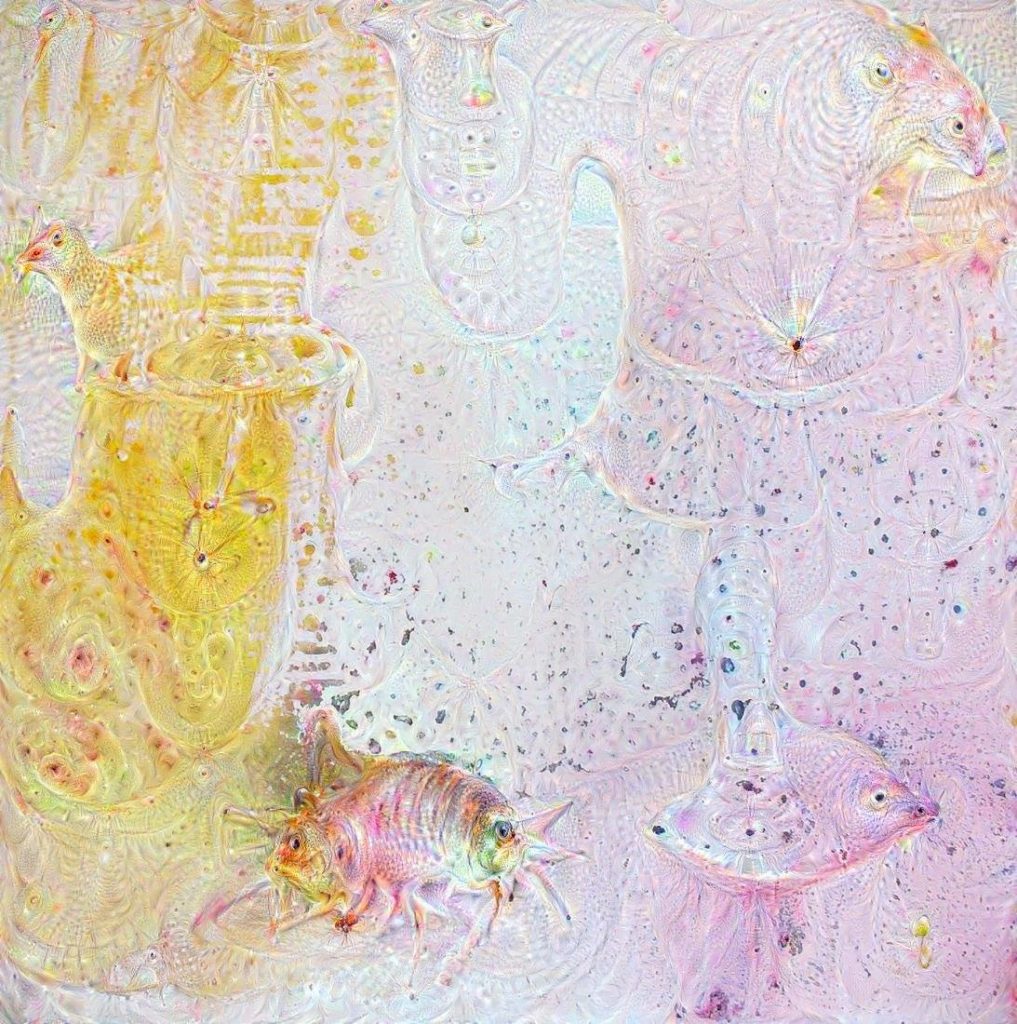Публикация журнала работ выставки в issuu:
https://issuu.com/myckroskop/
Drawing Utopias is an exhibition that assembles works of 27 International artists, that tried to respond to Thomas More book Utopia. Besides their works, the artists answered the following two questions:
- Drawing utopias – how do you connect your work with utopia?
- Dream economics – what would be an ideal scenario for your art practice/live in terms of economics?
500 years ago, Londoner Thomas More published his famous book Utopia. Utopia described in detail an imaginary island located in the Atlantic Ocean and the socio-economic organization of its society. The title of the book resulted from the Greek: οὐ (“not”) and τόπος (“place”) and means “no-place”. Utopia became a celebrated text and has inspired the imagination of people for more than 5 centuries. Its influence was so important that even today, the book and the word, stand as a symbol of innovation, creativity and the human drive of sketching/inventing alternatives to better worlds.
The exhibition Drawing Utopias is part of Dream economics, a larger artistic research project led by artist Maria Lusitano, that investigates the interconnection between night dreams, the relational self and novel economic models that break with the rational paradigm, which are broadly entitled “New Economics”. The project unfolds through a mix of research, experimental exhibitions and participatory workshops.
Dream Economics tests the hypothesis of tapping into the potential of the oneiric, seen as a portal to the shadows of the individual/collective unconscious. These need to be dealt with, if we want to proceed to a proper house keeping (oikos-nomics) to truly heal the planet and find socio-economic alternatives which serve us better.
The project happens in a partnership with IKLECTIK Art Lab.
Artists
Alena Kuznetsova, Alice Geirinhas, Alison Miller, Andreia Alves de Oliveira, Anne Marte Overaa, Antonio Occulto, Daniel Fernandes,
Ditte Ejlerskov, Esperanza Vaquerin, Gizem Enuysal, Hugo Houayek, Ines Rolo Amado, Jill Rock, Joana Patricio, Johanna Bolton, Johan Furåker, Karen Piddington,
Lawrence Crane, Maria Lusitano, Maria Papacharalambous, Maria Teresa Silva, Marta Caldas, Mercedes Marin, Niamh Murray, Rosario Rebello de Andrade, Valerie Oliver,
Wayne Clements.
